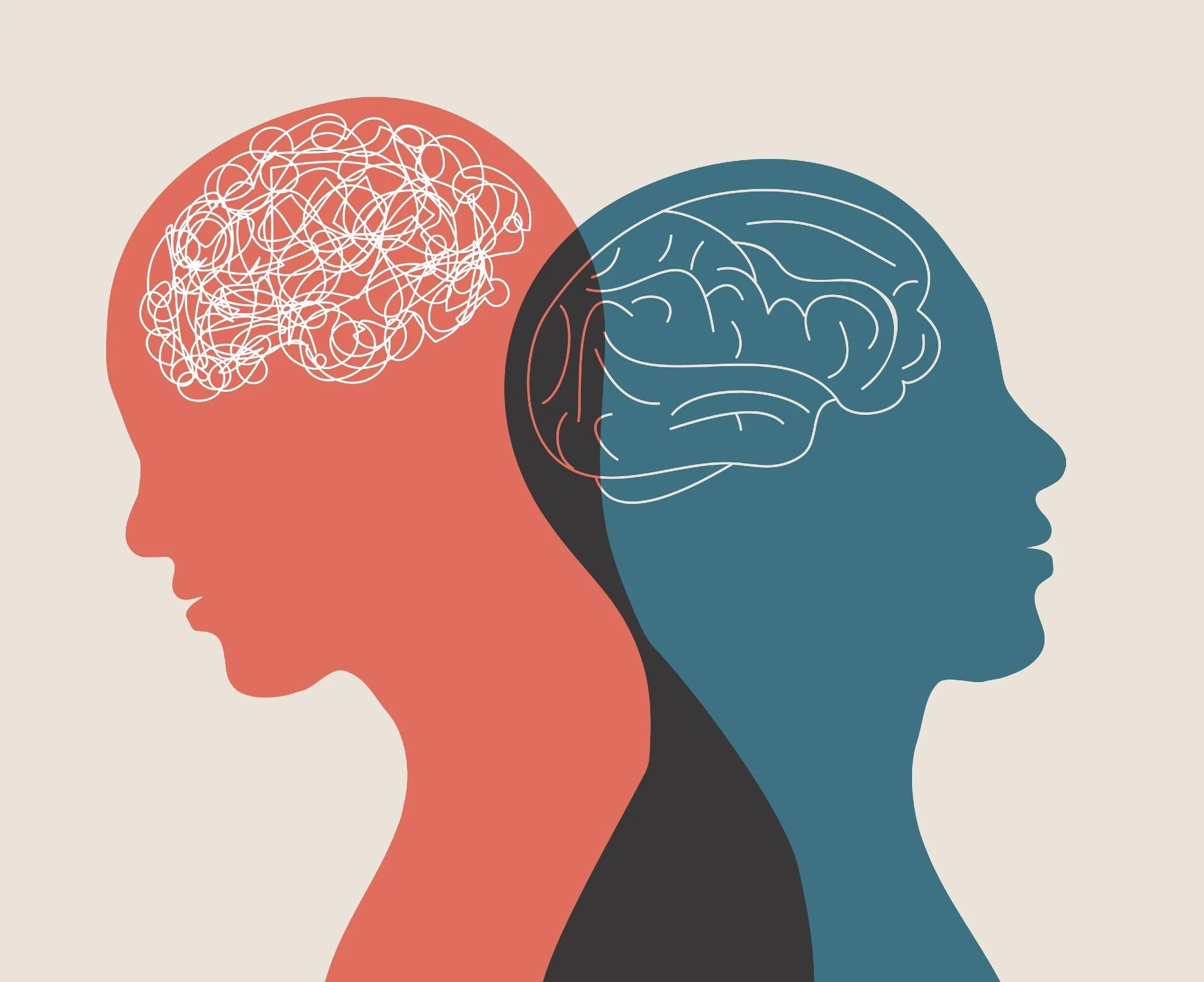- Abuse & The Abuser
- Achievement
- Activity, Fitness & Sport
- Aging & Maturity
- Altruism & Kindness
- Atrocities, Racism & Inequality
- Challenges & Pitfalls
- Choices & Decisions
- Communication Skills
- Crime & Punishment
- Dangerous Situations
- Dealing with Addictions
- Debatable Issues & Moral Questions
- Determination & Achievement
- Diet & Nutrition
- Employment & Career
- Ethical dilemmas
- Experience & Adventure
- Faith, Something to Believe in
- Fears & Phobias
- Friends & Acquaintances
- Habits. Good & Bad
- Honour & Respect
- Human Nature
- Image & Uniqueness
- Immediate Family Relations
- Influence & Negotiation
- Interdependence & Independence
- Life's Big Questions
- Love, Dating & Marriage
- Manners & Etiquette
- Money & Finances
- Moods & Emotions
- Other Beneficial Approaches
- Other Relationships
- Overall health
- Passions & Strengths
- Peace & Forgiveness
- Personal Change
- Personal Development
- Politics & Governance
- Positive & Negative Attitudes
- Rights & Freedom
- Self Harm & Self Sabotage
- Sexual Preferences
- Sexual Relations
- Sins
- Thanks & Gratitude
- The Legacy We Leave
- The Search for Happiness
- Time. Past, present & Future
- Today's World, Projecting Tomorrow
- Truth & Character
- Unattractive Qualities
- Wisdom & Knowledge
Outlooks & Setbacks Saturdays
Mental Illness
Mental illness is a very real thing that can put people’s lives at risk.
A friend of mine is currently struggling greatly with mental illness - to the point where he has been institutionalized for self-harm and attempted suicide.
It is devastating to watch, and while there is a lot of help available for mental illness these days, it is not always easy to access. It’s often expensive, hard to find a good fit, and often hard to admit that we need help.
Many people don’t really even recognize the state of their mental health (or mental illness) until it’s almost too late. They just start on a slow decline towards mental dysfunction without recognizing that that is what’s happening.
That’s what is scary - is the slow and steady decline where we slowly stop functioning well in our life until all of a sudden we cannot function at all.
That’s what happened to my friend - he has always struggled with his mental health. Then, through a series of events in his life that started to affect him, he slowly began a descent into complete dysfunction.
But it was slow - and he (and his wife) both would rationalize what was happening. He was tired from working a lot, or he hadn’t been sleeping well, or he was stressed about the finances. But the stress and exhaustion never let up and he continued to decline. They continued to just pass off his state as “stress” - which it was, but it suddenly was to the point where he was unable to function. He could not longer get to work, he could no longer care for the kids, he could no longer make simple decisions like what he would eat for lunch. He just sort of shut down.
“All of a sudden” he was in a state of total dysfunction.
So check in with yourself and ask yourself how you are actually doing. Are you struggling but passing it off just as “stress?” Do you need to seek some help and support? Please take care of yourself before you find yourself in a dangerous situation where you are unable to cope with the regular stressors of life.
Interesting Fact #1
Young people aged 15 to 24 are more likely to experience mental illness and/or substance use disorders than any other age group.
Interesting Fact #2
Men have higher rates of substance use disorders than women, while women have higher rates of mood and anxiety disorders.
Interesting Fact #3
Mental and physical health are linked. People with a long-term physical health condition such as chronic pain are much more likely to also experience mood disorders. Conversely, people with a mood disorder are at much higher risk of developing a long-term medical condition.
Quote of the day
“I have struggled with anxiety for as long as I can remember. When I was young I thought it would pass as I got older, and when I was older I thought it would pass when I was successful, and when I was successful I thought that it was hopeless because even when everything was going right I was still wrong.” ― Jenny Lawson
Article of the day - Fast Facts about Mental Health and Mental Illness
Mental health and mental illness: what’s the difference?
- Mental health and mental illness are often used interchangeably, but they are not the same thing.
- “Mental health” is a concept similar to “physical health”: it refers to a state of well-being. Mental health includes our emotions, feelings of connection to others, our thoughts and feelings, and being able to manage life’s highs and lows.
- The presence or absence of a mental illness is not a predictor of mental health; someone without a mental illness could have poor mental health, just as a person with a mental illness could have excellent mental health.
- Problematic substance use is sometimes linked to poor mental health or mental illness; it can be a coping strategy for untreated trauma, pain, challenging thoughts or emotions, or other health symptoms.
Who is affected?
- Everyone has mental health and will experience challenges regarding their mental well-being, but not everyone will experience a mental illness.
- Mental illness indirectly affects all Canadians at some time either through their own experience, or that of a family member, friend or colleague.
- In any given year, 1 in 5 people in Canada will personally experience a mental health problem or illness.
- By age 40, about 50% of the population will have or have had a mental illness.
- Mental illness affects people of all ages, education, income levels, and cultures; however, systemic inequalities such as racism, poverty, homelessness, discrimination, colonial and gender-based violence, among others, can worsen mental health and symptoms of mental illness, especially if mental health supports are difficult to access.
- Major depression affects approximately 5.4% of the Canadian population, and anxiety disorders affect 4.6% of the population.[1]
- About 1% of Canadians will experience bipolar disorder (formerly called “manic depression”), and another 1% will experience schizophrenia.
- Eating disorders affect approximately 1 million Canadians – between 0.3-1% of the population. They impact women at a rate ten times that of men, and have the highest rate of mortality of any mental illness.[2]
- Substance use disorders affect approximately 6% of Canadians.[3]
- 4,012 Canadians died by suicide in 2019.[4]
- In Canada, suicide disproportionately impacts Indigenous peoples; the rate of suicide among First Nations is three times higher than among non-Indigenous Canadians, and nine times higher among Inuit.[5]
- The mortality rate due to suicide among men is three times the rate among women, but girls and young women are three times more likely than men to harm themselves and be hospitalized from self-harm.[6]
How does mental illness impact youth?
- When it comes to mental illness, youth is a critical period: most people living with a mental illness see their symptoms begin before age 18.[7]
- Approximately 20% of Canadian youth are affected by a mental illness or disorder[8]
- In 2011, 11% of 15-24 year olds reported experiencing depression .[9]
- Between 2008–2009 and 2018–2019, among youth there was a 61% increase in emergency department visits and a 60% increase in hospitalizations for mental disorders. [10]
- Suicide is the second leading cause of death among youth and young adults between 15-34 years.[11]
- In Canada, only 1 out of 5 children receive appropriate mental health services.[12]
What causes mental illness and substance use problems?
- Mental illnesses are caused by a complex interplay of genetic, biological, personality and environmental factors.
- Life events such as violence and trauma during childhood or adulthood can give rise to mental health and substance use problems if supports for recovery are not available or sought.
- Environmental factors play an important role in our mental health: access to safe and affordable housing, meaningful education and employment, leisure activities, the support of a community, access to land and nature, freedom from violence, and good access to health care and mental health services all support good mental health.
- Stigma and discrimination attached to mental illnesses and substance use problems present a serious barrier not only to diagnosis and treatment but also to access to employment, housing, and other basic necessities. Stigma both creates and deepens social marginalization.
- The symptoms of mental illnesses can be treated and very often managed effectively; with the right supports, people with mental illnesses can thrive.
What are the costs related to mental illness?
- Without the right supports, people with mental illness and substance use problems, their caregivers and their families can experience great suffering; we need a robust mental health care system with a wide range of programs and services, including health promotion and wrap-around supports like housing and employment services, to ensure that people receive the preventative care, treatment and the supports they need to recover and thrive.
- There is also an economic cost when mental illness and substance use problems go untreated and when we fail to invest in promotion, prevention, and other support services.
- The economic cost of mental illnesses to the Canadian healthcare and social support system was projected as $79.9 billion for the year 2021. [13]
- Because public mental health services are underfunded and have long wait times, many people rely on their employer-based benefits or bear the personal cost of private services. Canadians spend an estimated $950 million a year on psychologists in private practice. About 30% of this is paid out-of-pocket while the remainder is paid through employment-based private health insurance plans.[14]
References
[1] https://www150.statcan.gc.ca/n1/pub/82-003-x/2020012/article/00002-eng.htm
[2] https://www150.statcan.gc.ca/n1/pub/82-619-m/2012004/sections/sectiond-eng.htm ; https://nied.ca/about-eating-disorders-in-canada/
[3] https://www.mentalhealthcommission.ca/sites/default/files/2016-06/Investing_in_Mental_Health_FINAL_Version_ENG.pdf
[4] https://www150.statcan.gc.ca/t1/tbl1/en/tv.action?pid=1310039401
[5] https://www150.statcan.gc.ca/n1/daily-quotidien/190628/dq190628c-eng.htm
[6] https://www.canada.ca/en/public-health/services/publications/healthy-living/suicide-canada-key-statistics-infographic.html
[7] https://www.mentalhealthcommission.ca/English/what-we-do/children-and-youth
[8] https://www.cihi.ca/en/child-and-youth-mental-health-in-canada-infographic
[9] Stats Canada, Depression and Suicidal Ideation among Canadians aged 15-24.
[10] https://www.cihi.ca/en/child-and-youth-mental-health-in-canada-infographic
[11] https://www.canada.ca/en/public-health/services/publications/healthy-living/suicide-canada-key-statistics-infographic.html
[12] https://www.mentalhealthcommission.ca/English/what-we-do/children-and-youth
[13] https://www.mentalhealthcommission.ca/sites/default/files/2016-06/Investing_in_Mental_Health_FINAL_Version_ENG.pdf
[14] Peachey, D., Hicks, V., Adams, O. (2013). An imperative for change: Access to psychological services for Canada. Report to the Canadian Psychological Association.
Question of the day - What do you think is the biggest indicator of a mental health challenge?
Dangerous Situations
What do you think is the biggest indicator of a mental health challenge?










